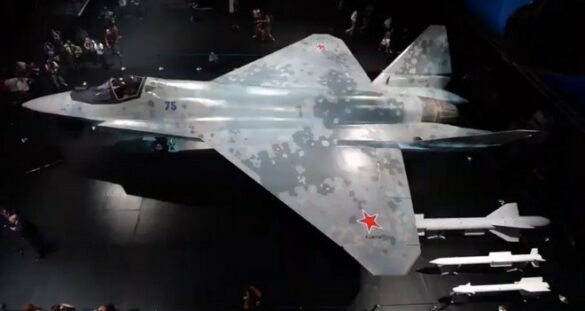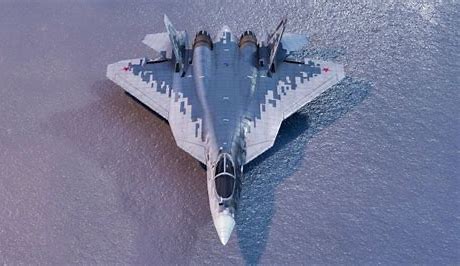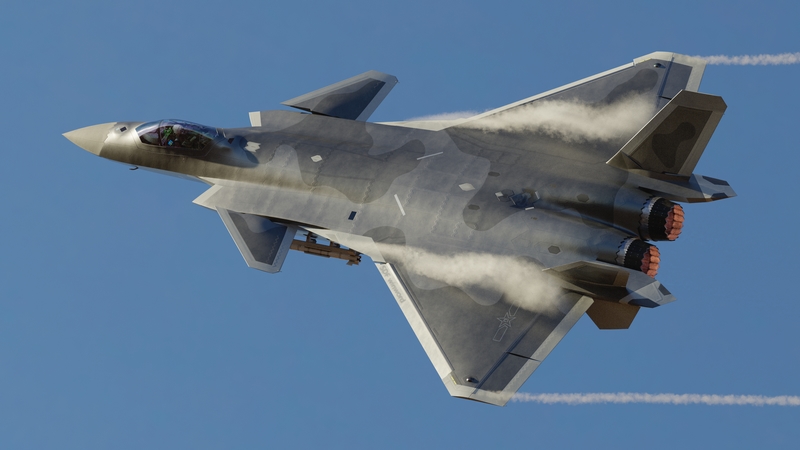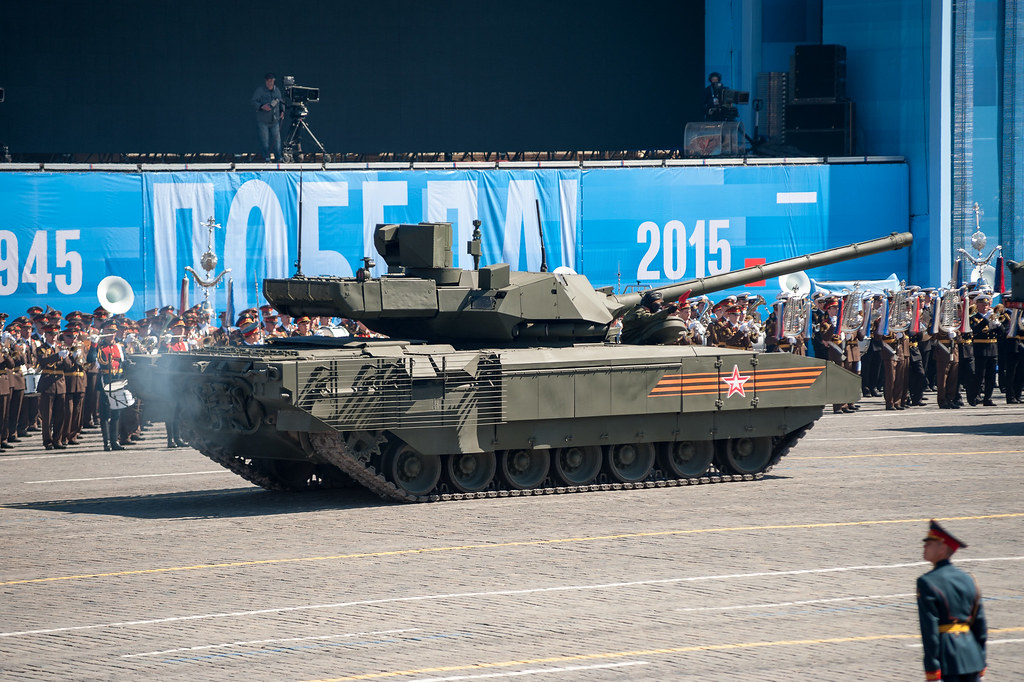
In a world where military prowess and technological progress are paramount, Russia’s proposed budget-friendly stealth fighter, the Su-75 “Checkmate,” is met with both anticipation and skepticism.

Announced with much fanfare at the MAKS 2021 Airshow, the Su-75 promised to be a cost-effective alternative to the pricier American F-35, but as the geopolitical landscape shifts and the ravages of war redirect priorities, the future of the Checkmate is shrouded in uncertainty.

The Su-75’s conceptual allure lies in its promise of stealth—at least from the front—and affordability, with a price tag of around $30 million per unit.

Equipped with a potent engine and boasting a cruising speed of Mach 1.8, it carries a range of guided and unguided munitions designed to enhance its combat capabilities. The addition of flying in tandem with unmanned aerial vehicles could further bolster its lethality on the battlefield.

In the aftermath of Russia’s incursion into Ukraine, intended foreign buyers such as the United Arab Emirates have backed away, opting instead for the tried and true American F-35s. The war has diverted Russia’s attention and resources, prioritizing immediate military needs over next-generation projects.

The challenges of time and cost loom large over the Su-75, as Rostec—the subsidiary of Sukhoi Design Bureau—grapples with increasing production costs and seeks international funding to bring the fighter to fruition.

The Checkmate’s predicament is symptomatic of a broader trend in Russian military projects. Grand announcements often end in underperformance or delay, exemplified by the T-14 Armata tank and the Su-57 Felon, both of which have failed to live up to expectations.

The Su-75, still several years from its possible debut, faces similar skepticism.

The volume of international arms sales from Russia has dropped significantly, casting doubt on the viability of the Checkmate as a viable export.

The appeal of Russian military technology is diminishing, as observers see its effectiveness in Ukraine and potential buyers worry about the consequences of sanctions.

The Middle East, with its diversified arms purchasing strategy, may still harbor interest.

The United Arab Emirates, encountering obstacles in obtaining the F-35 from the United States, and Iran, keen to offset Israel’s Adir, may turn to the Su-75 to enhance their air capabilities.

Yet, this hinges on Russia showcasing the Checkmate’s prowess and guaranteeing its effective manufacture, a task growing more daunting amid the Ukraine conflict.

In the aerial dominance chess game, the Su-75 could be a game-changer for Russia if they can overcome funding, production, and geopolitics challenges.

If they can bring this bird to life and resolve the Ukraine War while keeping costs low, the Su-75 may greatly benefit Russia.
Relevant articles:
– Russia’s Su-75 Checkmate Fighter Nightmare Just Won’t End, The National Interest
– Russia’s Su-75 Checkmate Stealth Fighter Nightmare Won’t Seem to End, The National Interest
– Inside The Su-75 Checkmate: What To Expect From This Advanced Fighter Jet, Simple Flying
– Russia’s Su-75 Checkmate Stealth Fighter Is A Failure, 19FortyFive

